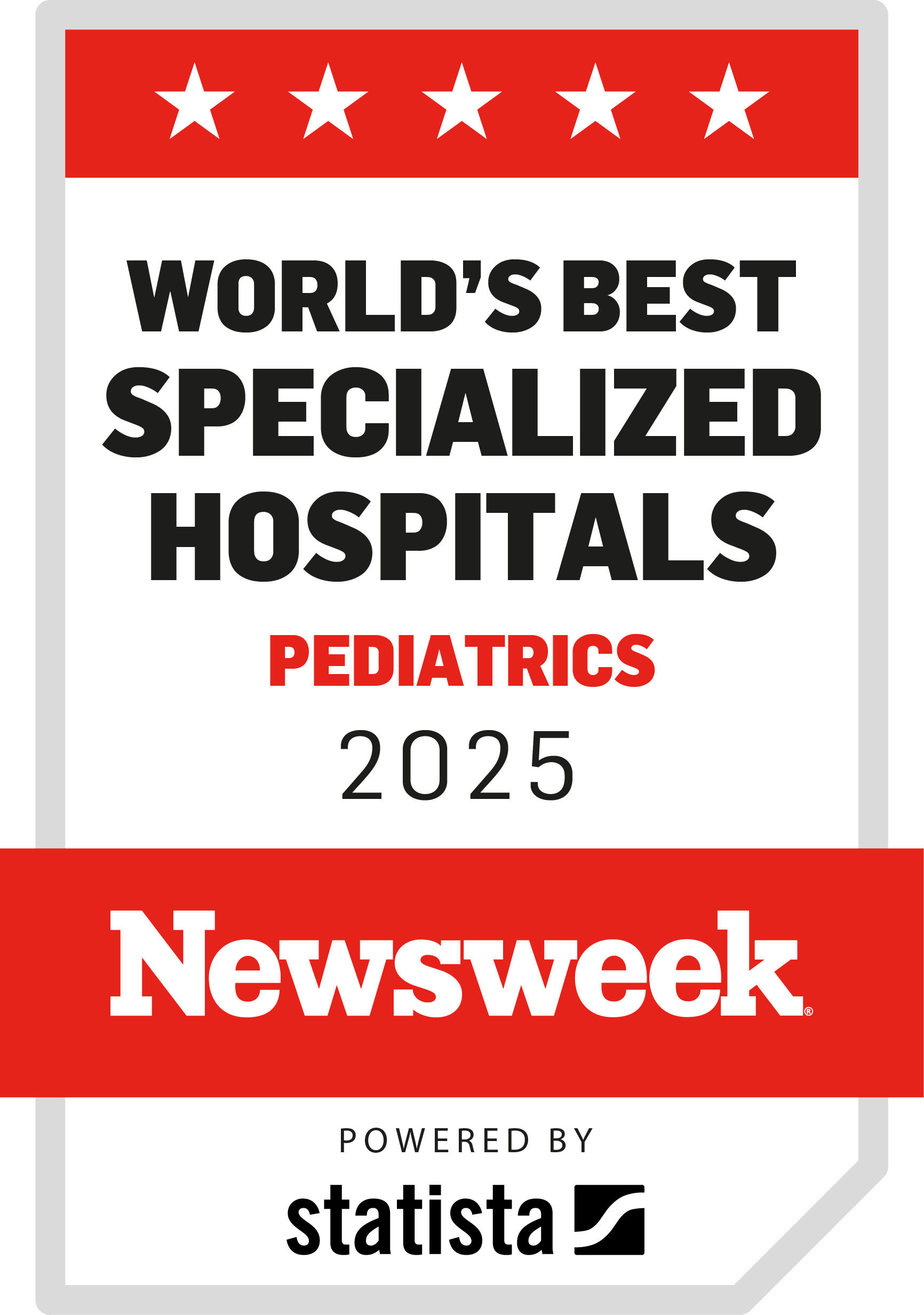Twin-Twin Transfusion Syndrome (TTTS) | Symptoms & Causes
What are the symptoms of TTTS?
In most pregnancies affected by TTTS, the pregnant person doesn’t show or feel symptoms, and the diagnosis relies solely on fetal ultrasound. However, extra amniotic fluid around the recipient twin may lead to discomfort, respiratory challenges, and premature contractions throughout the pregnancy.
What causes TTTS?
Pathophysiology is based on unbalanced vascular connections in the shared placenta, leading to net transfer of fluid from one twin to the other. In addition, the fetus’ response to altered blood volume with vasoactive mediators may worsen the condition.
Twin-Twin Transfusion Syndrome (TTTS) | Diagnosis & Treatments
How is TTTS diagnosed?
Monochorionic pregnancies require frequent and routine ultrasound evaluation to assess the health of the twins and rule out complications. Signs of TTTS may be noticed on a routine prenatal ultrasound, and other cases may be suspected when a uterus measures larger than it should for a particular week of pregnancy.
If a problem is suspected on your prenatal ultrasound, you may be referred to the Fetal Care and Surgery Center for more detailed imaging.
Other tests you may encounter include:
- Fetal echocardiography: A special ultrasound of a fetus’ heart.
Magnetic resonance imaging (MRI) allows further investigation of other structural anomalies and placental pathologies.
How is twin-twin transfusion syndrome treated?
There are several procedures used to treat TTTS. Which procedure or combination of procedures is right for you and your pregnancy depends on the severity of the condition.
Some cases of TTTS don’t progress past the earliest stage and thus require no intervention.
If TTTS progresses, your doctor may advise you to undergo one of the following procedures:
- Amnioreduction/septostomy
- Amnioreduction: Reduction of the excessive amniotic fluid in the recipient’s sac
- Septostomy: Artificially puncturing the internal membrane to allow passive equilibrium of the amniotic fluid amounts
- These procedures don’t treat the disease and mainly relieve some of the symptoms; they’re offered mainly in centers where more advanced treatment isn’t available or if TTTS is diagnosed later in the pregnancy (during the third trimester).

- Fetoscopic laser photocoagulation of placental anastomoses is the treatment of choice to stop the pathophysiology. In this procedure, a fine camera (fetoscope) is introduced into the amniotic space to demonstrate the abnormal vascular connections, which are then coagulated with laser energy.
Diagram of fetal intervention for TTTS, fetoscopic laser photocoagulation of placental anastomoses is the treatment of choice to stop the pathophysiology. In this procedure, a fine camera is introduced into the amniotic space to demonstrate the abnormal vascular connections, which are then coagulated with laser energy.
What is the long-term outlook for TTTS?
The outlook for TTTS depends on its severity and how far it has progressed. Moderate to severe TTTS pregnancies that receive fetoscopic laser photocoagulation of placental vascular connections present a significantly improved survival rate with up to 70 percent for both twins and 90 percent for at least one twin alive at birth. Survival varies depending on the disease stage, the size of the fetus, and ultrasound measurements.
With umbilical cord ligation, brain injury might be prevented in the surviving twin. Some survivors may do well and be completely healthy, while others may have injuries to their hearts and kidneys.
It is important to note that there is a risk of preterm delivery after any of these procedures.








